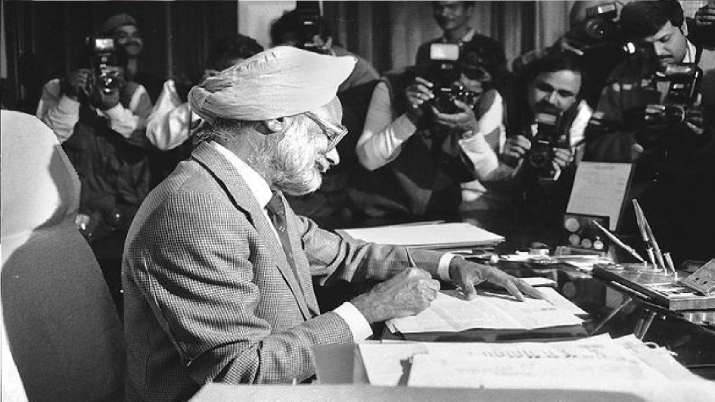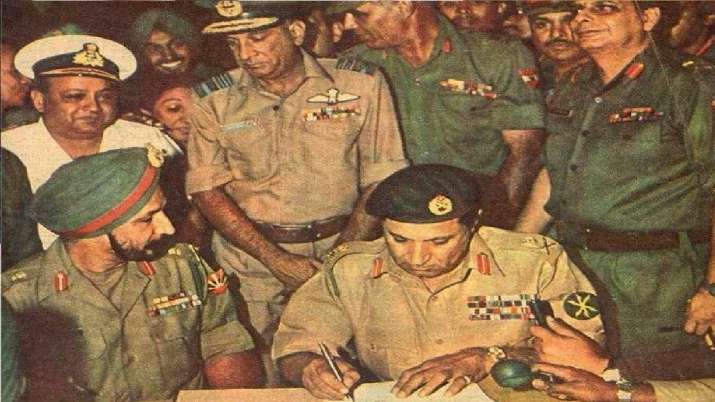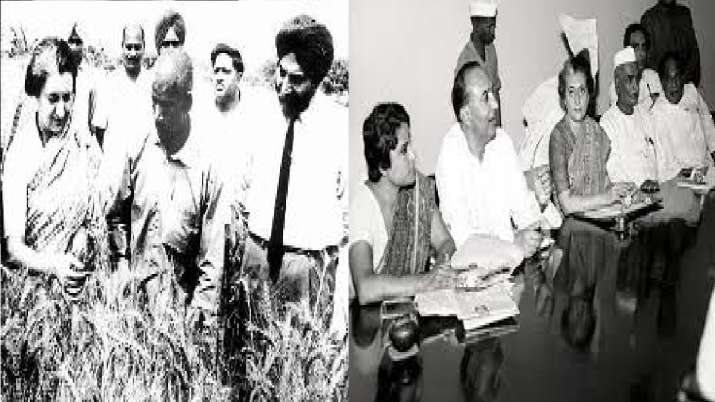Republic Day Special: India is celebrating its 74th Republic Day on Thursday (January 26). Lived a life to reach where the country stands today. When the British left India, the country was facing a severe paucity of resources amidst a turbulent social and political environment, which led to the partition of the country. India’s GDP was only 2.7 lakh crore rupees in 1947. However, with the visionary footsteps of our forefathers step by step, India has become one of the emerging superpowers of the world today. The journey was not easy at all. India faced many challenging situations including wars with Pakistan and China and international pressure during the Cold War.
As we celebrate the national festival, let’s restart the cycle of the incredible journey of India.
- Fifth economic country: In September 2022, India will overtake Britain to become the world’s fifth largest economy. According to a report by the International Monetary Fund (IMF), the United States, China, Japan and Germany are now the only countries that are ahead of India in terms of the size of the national economy. The Indian economy was roughly USD 3.2 trillion in 2021.
- G20 Summit: December 1, 2022 was a red letter day as India took over the G20 chairmanship from Indonesia. India will convene the G20 Leaders Summit for the first time in the country. India will host over 200 meetings in over 50 cities in 32 different work streams in 2023.
- Covid19 Vaccine: When the unprecedented pandemic was spreading across the world, India was one of the first countries to succeed in manufacturing vaccines. India, which believes in humanity, has supplied 239 million doses of the coronavirus vaccine to 101 countries and UN entities through grants, commercial exports or the COVID-19 Vaccine Global Access (COVAX) till July 15, 2022.
- Abrogation of Article 370: On August 5, 2019, Articles 370 and 35(A), which gave special status to the erstwhile state of Jammu and Kashmir and the right to define its domicile rules, were abrogated by the Parliament. Union Home Minister Amit Shah introduced the bill revoking the constitutional special status. This was a historic move as the government had claimed that the law was a stumbling block in the path of development.
Economic Liberalization Policy 1991 was a milestone in the history of the Indian economy. - Economic Liberalization: India’s Economic Liberalization Policy 1991 brought by the then Finance Minister Manmohan under PV Narasimha Rao led government was a milestone which opened the door for FDI (Foreign Direct Investment). He played out a roadmap for the incoming government. On 24 July 1991, Singh presented the budget with his outline for sweeping reforms. Later, this policy proved to be the catalyst of the Indian economy driving the GDP growth rate.
- Nuclear Tests: The Pokhran-II tests were a series of five nuclear bomb test explosions conducted at Pokhran in May 1998. This was a landmark event in India’s journey as India became a member of the elite nuclear power club. However, it was not an easy task for the world’s largest democracy to establish a nuclear arsenal amid US hegemony. She did not want India to become a nuclear country, but the firm leadership of Atal Bihari Vajpayee’s government made it happen despite heavy pressure from the West.
Around 93,000 Pakistani soldiers surrendered to the Indian Army. - War of 1971: India fought a war against Pakistan in 1971 to liberate ‘East Pakistan’, now Bangladesh. In particular, the Indo-Pakistani War was triggered by the Bangladesh Liberation Movement against military oppression in East Pakistan. It began on 3 December 1971 and lasted till the Pakistani surrender on 16 December 1971 in Dhaka. It was a historic war that changed the map of the world. India showed its might and strong leadership power to the world.
Green Revolution made India independent in food production - green Revolution: Before the Green Revolution, India was struggling to feed a large population and was largely dependent on imports. To end dependence on other countries, the Indira Gandhi government in the 1980s carried out several reforms in the agricultural sector, resulting in a historic ‘Green Revolution’. In the 80s, farmers were encouraged to adopt farming techniques and modern methods. During this period, technology transfer initiatives saw substantial increases in crop yields and agricultural production.
- Nationalization: During the Indira Gandhi government, India was facing a severe economic crisis. In the late 60s, he took several formal steps to decentralize economic activities. One of them was the nationalization of 14 banks, which was announced on July 19, 1969. Indira Gandhi’s government also abolished a privy purse, a payment made to the ruling families of the erstwhile princely states.
- IITs and IIMs: Former Prime Minister Jawaharlal Nehru – India’s first PM – was a visionary leader. He laid the foundation of premium institutions—the Indian Institutes of Technology (IITs) in 1956 and the Indian Institutes of Management (IIMs) in 1961—and envisioned India’s need for the future.


